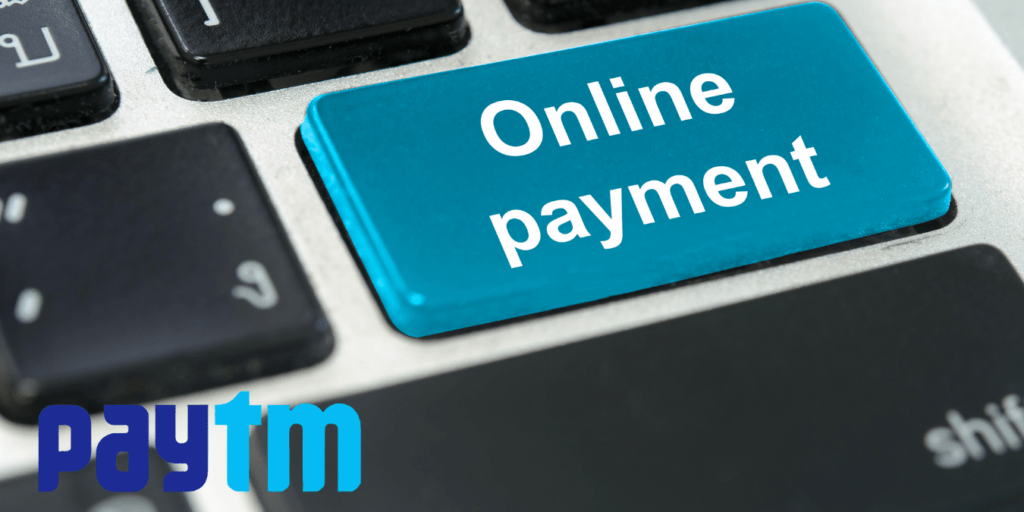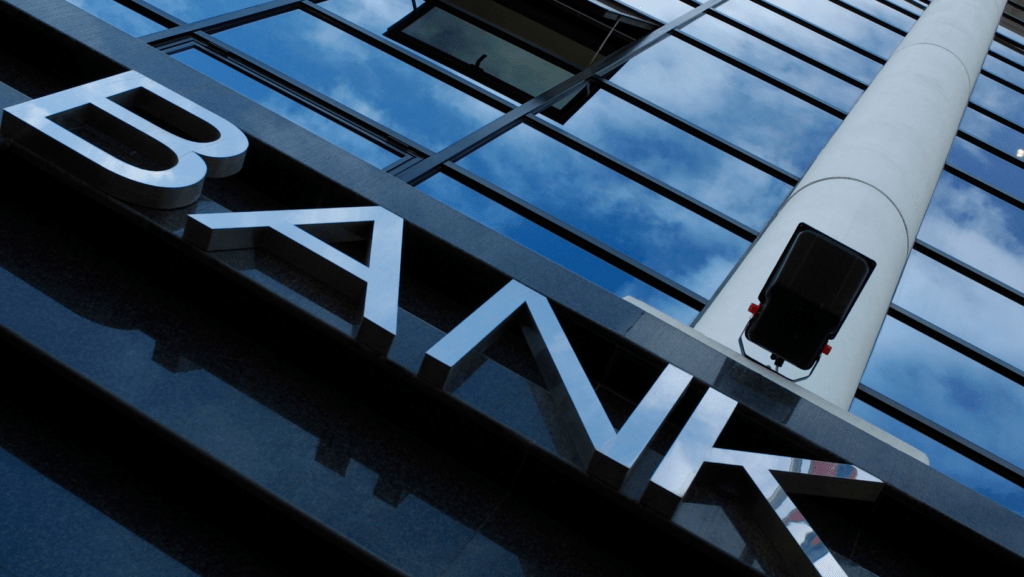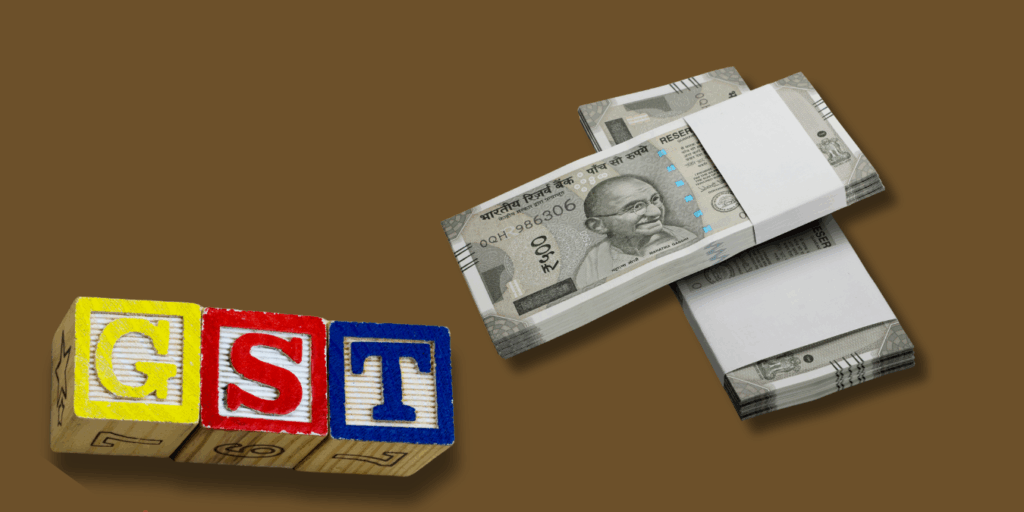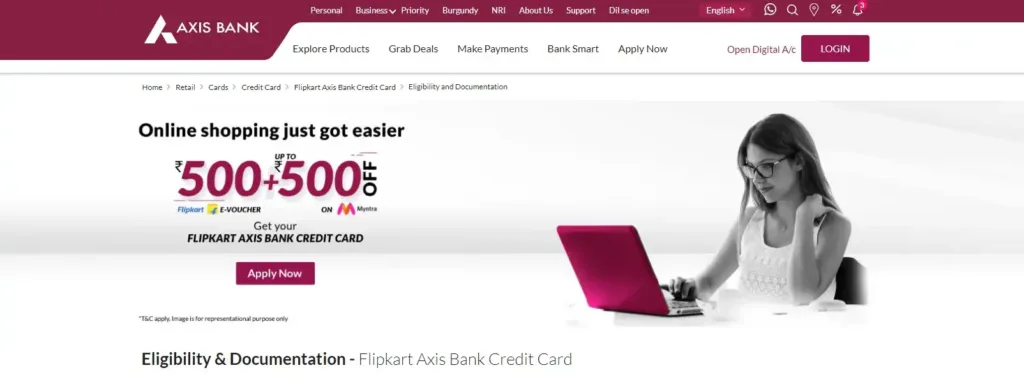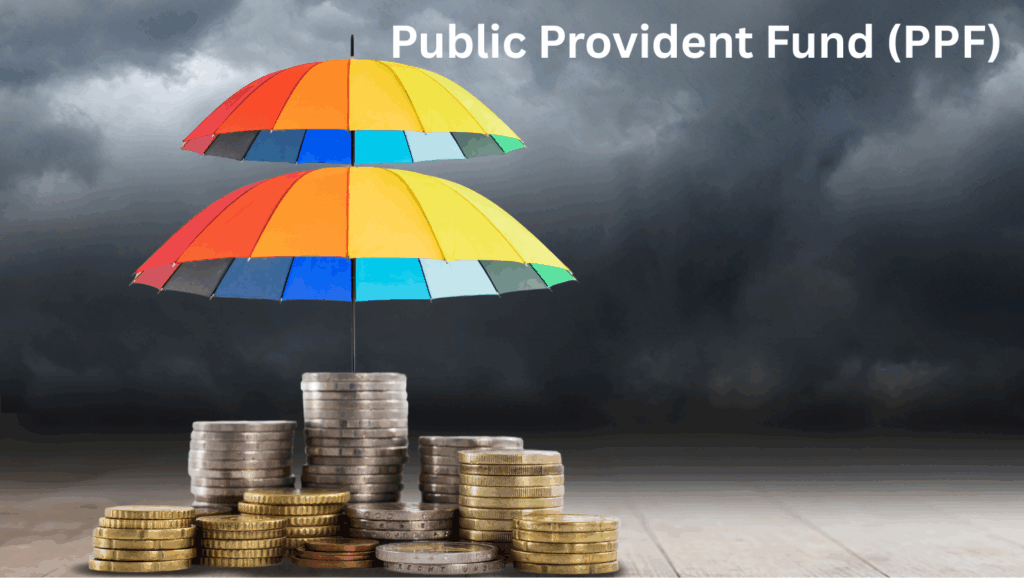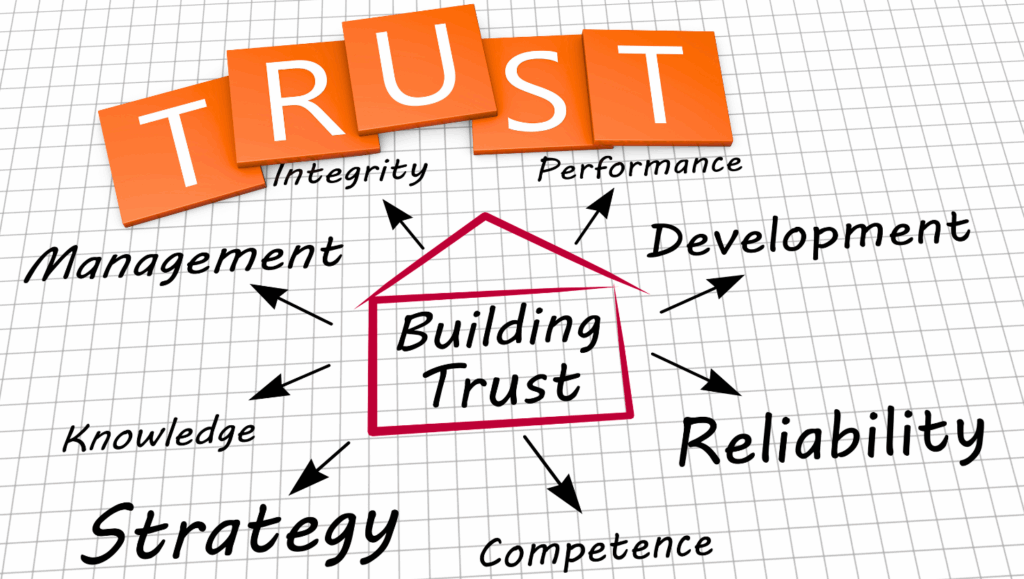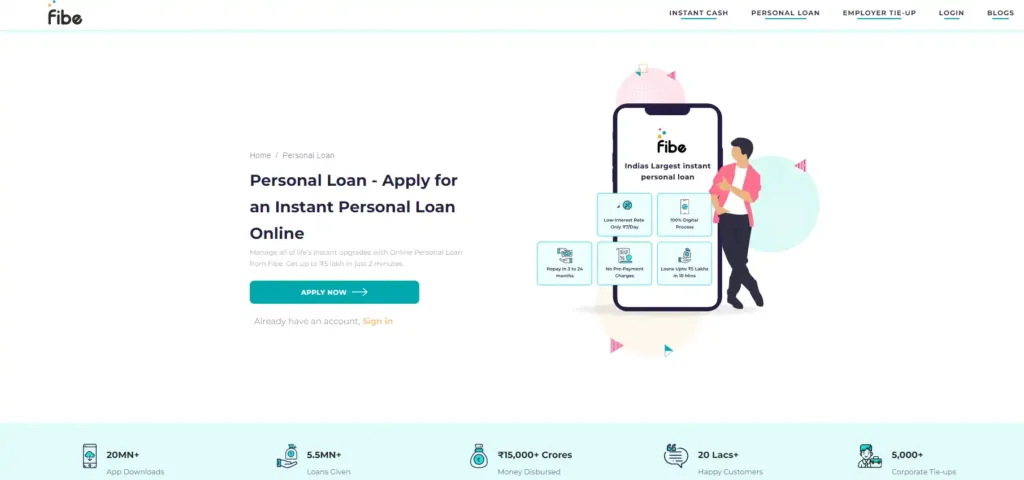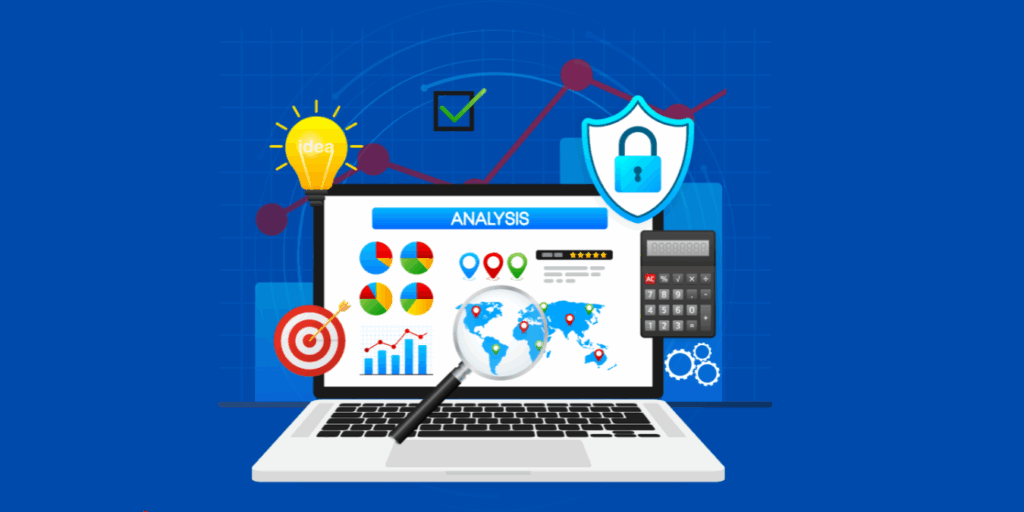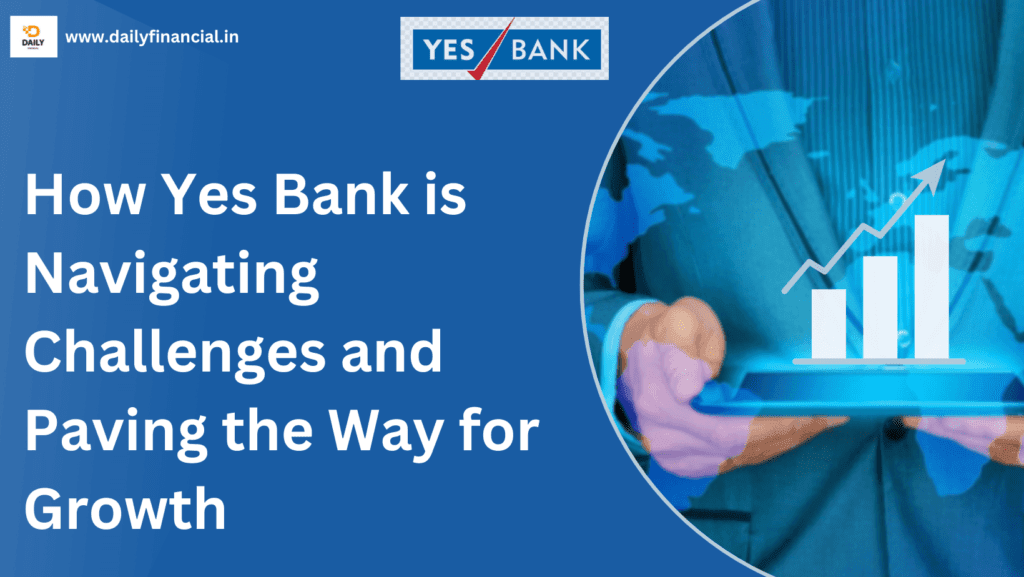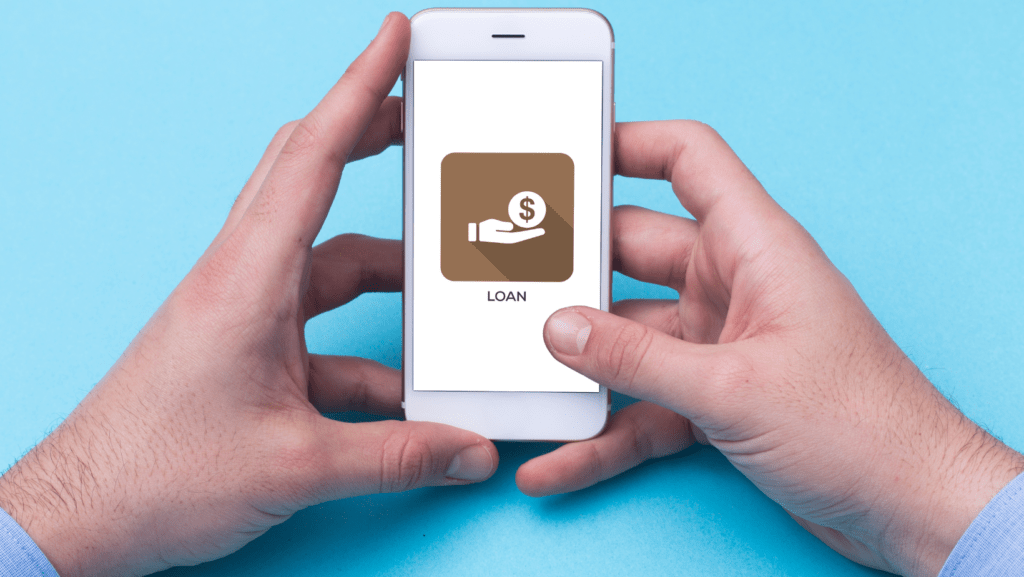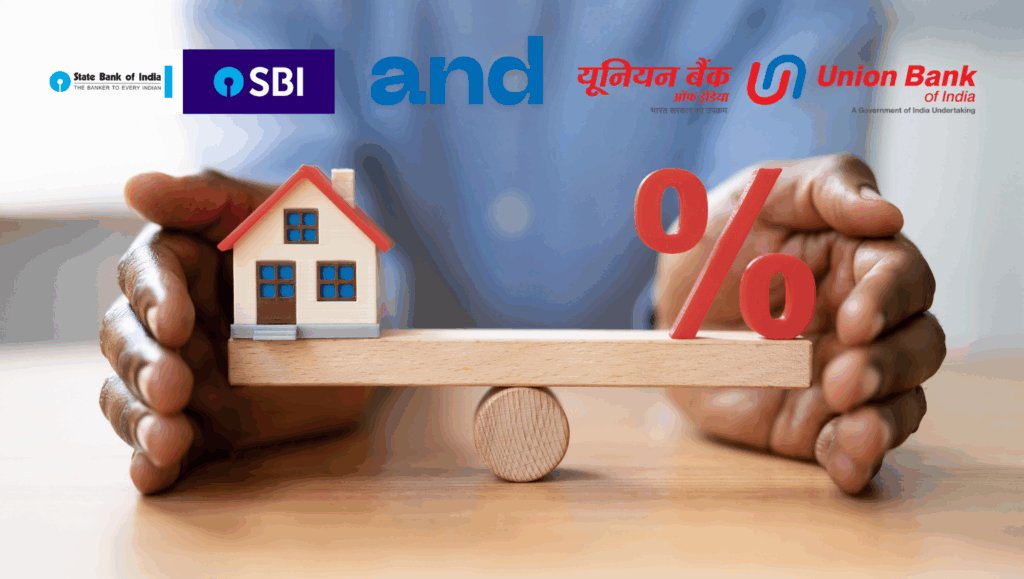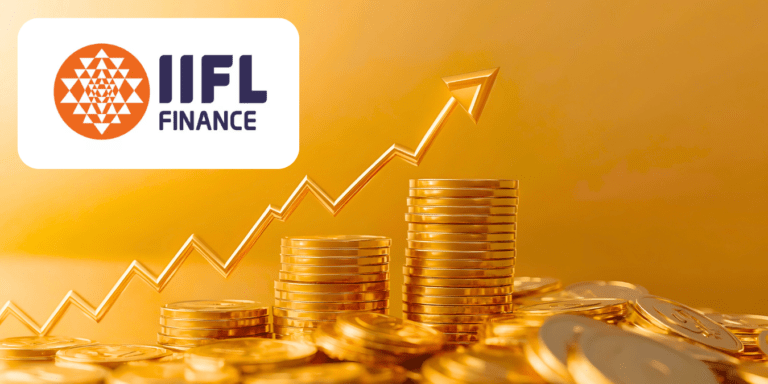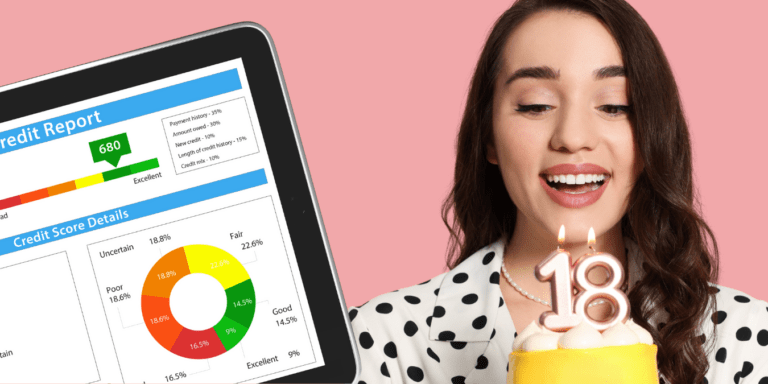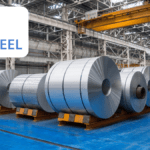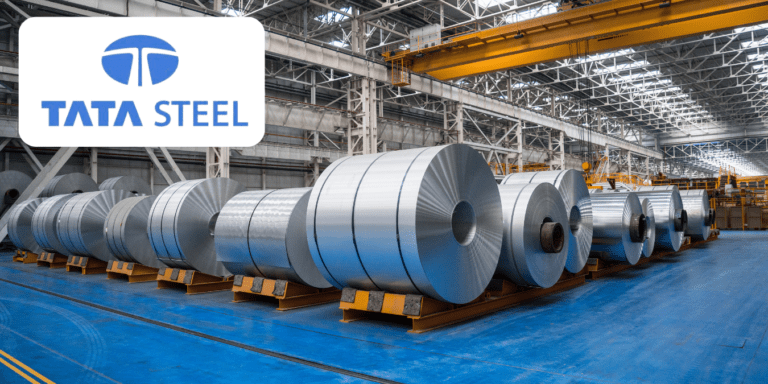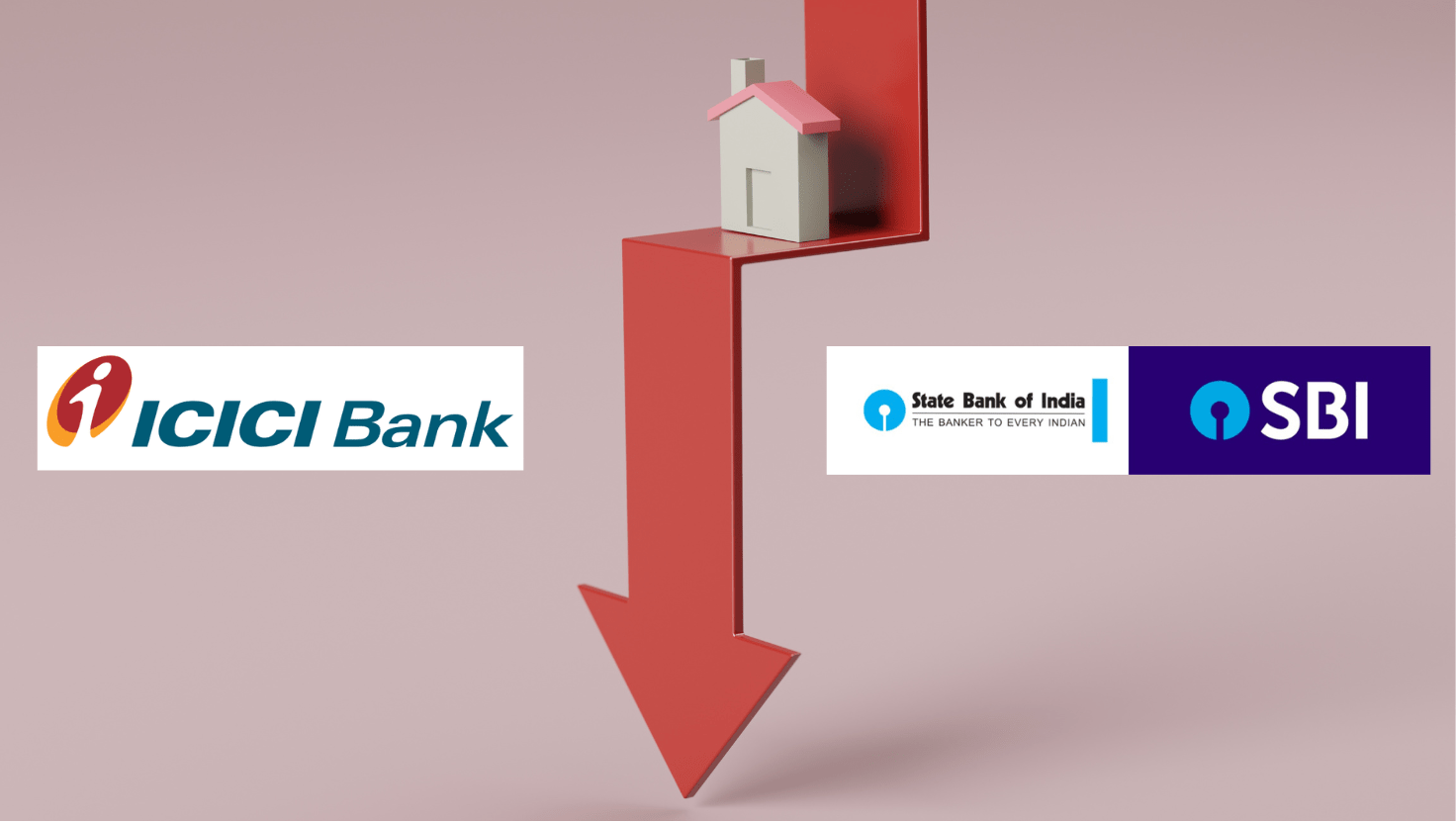
The key differences between ICICI Home Loan Overdraft and SBI MaxGain are discussed in our comprehensive guide. Compare interest rates, eligibility, and features with a detailed table. Unlock the best home loan overdraft for your needs with expert insights and the latest data!
In the Indian real estate market, home loans are a vital tool for turning the dream of homeownership into reality. Among the innovative home loan products available, overdraft facilities like ICICI Home Loan Overdraft and SBI MaxGain stand out for their flexibility and interest-saving potential. These products allow borrowers to park surplus funds to reduce interest costs while maintaining liquidity for emergencies or investments. But how do these two offerings differ, and which one is better suited for your financial goals? In this detailed 2000-word guide, we’ll explore the nuances of ICICI’s Home Loan Overdraft and SBI’s MaxGain, compare them in a clear table format, and provide the latest data to help you make an informed decision. Let’s dive into the world of home loan overdraft facilities and uncover what makes these products unique.
Understanding Home Loan Overdraft Facilities
A home loan overdraft facility is a hybrid financial product that combines the features of a traditional home loan with the flexibility of an overdraft account. Unlike a regular home loan, where prepayments permanently reduce the principal, an overdraft facility allows borrowers to deposit surplus funds into a linked account, reducing the effective principal and, consequently, the interest payable. These funds remain accessible for withdrawal, ensuring liquidity for planned or unplanned expenses. Both ICICI Home Loan Overdraft and SBI MaxGain operate on this principle, but their features, eligibility criteria, and benefits differ significantly. Let’s break down each product to understand their unique offerings.
ICICI Home Loan Overdraft: A Multipurpose Financing Solution
The ICICI Home Loan Overdraft is designed to meet diverse funding needs, offering a long-tenure facility that provides quick access to funds for both planned and unplanned expenses. This product is particularly appealing to salaried professionals, self-employed individuals, and those with existing ICICI home loans looking for a top-up facility. Key features include:
- Multipurpose Use: The overdraft can be used against residential, commercial, or specialized properties, making it versatile for homebuyers and investors.
- Reverse Sweep Facility: Surplus funds parked in the overdraft account reduce the outstanding principal, lowering interest costs.
- Flexible Withdrawals: Borrowers can withdraw funds as needed, paying interest only on the utilized amount.
- Top-Up Option: Existing ICICI home loan customers can opt for this facility as a top-up, and those with salary accounts at ICICI or working in select corporates may qualify for preferential terms.
According to the latest data from ICICI Bank’s website (as of April 2025), the interest rates for the Home Loan Overdraft range from 8.75% to 10.00% p.a., depending on factors like loan amount, credit score, and employment type. The minimum loan amount is ₹5 lakh, with a maximum of ₹5 crore, and the tenure can extend up to 30 years. Processing fees are typically 0.50% to 1% of the loan amount, subject to terms and conditions.
SBI MaxGain: The Home Saver Loan with Overdraft Benefits
The SBI MaxGain Home Loan is one of the most popular overdraft-based home loan products in India, offered by the State Bank of India (SBI). Tailored for borrowers purchasing ready-to-move-in properties, MaxGain allows users to park surplus funds in an overdraft account, reducing interest costs while maintaining access to funds. Key features include:
- Overdraft Account: The loan is sanctioned as an overdraft, with a linked account that operates like a savings or current account, complete with a chequebook, debit card, and net banking.
- Interest Savings: Surplus funds parked in the overdraft account reduce the principal for interest calculation, potentially shortening the loan tenure.
- No Extra Charges: There are no additional fees for availing the overdraft facility, though a 0.25% premium is applied for loans above ₹1 crore.
- Liquidity: Borrowers can withdraw parked funds anytime, subject to conditions like possession of the property.
As per SBI’s latest updates (March 2025), the interest rates for MaxGain range from 8.45% to 9.40% p.a., slightly higher than regular SBI home loans (starting at 8.00% p.a.). The minimum loan amount is ₹20 lakh, with no upper limit, and processing fees are 0.35% of the loan amount. SBI also offers festive season concessions, such as waived processing fees or lower interest rates, which can enhance affordability.
Key Differences Between ICICI Home Loan Overdraft and SBI MaxGain
While both products share the core concept of an overdraft facility, their structure, eligibility, and operational nuances set them apart. Below, we highlight the key differences based on the latest available data:
1. Interest Rates
- ICICI Home Loan Overdraft: Interest rates range from 8.75% to 10.00% p.a., influenced by credit score, loan amount, and employment profile. Borrowers with CIBIL scores above 800 may secure rates as low as 8.55%.
- SBI MaxGain: Rates range from 8.45% to 9.40% p.a., slightly higher than SBI’s regular home loans (8.00%–8.95%). Festive offers can lower rates to 6.70% p.a. for eligible borrowers.
Insight: SBI MaxGain generally offers lower interest rates, making it more cost-effective for borrowers with strong credit profiles. However, ICICI’s preferential rates for high credit scores can be competitive.
2. Eligibility Criteria
- ICICI Home Loan Overdraft: Available to salaried and self-employed individuals aged 18 to 70 years. Preference is given to those with salary accounts at ICICI or employees of select corporates. A good credit score (preferably above 750) is recommended.
- SBI MaxGain: Also open to salaried and self-employed individuals aged 18 to 70 years, but restricted to financing ready-to-move-in properties. Eligibility criteria are similar to regular SBI home loans, with emphasis on income, repayment capacity, and credit score.
Insight: ICICI’s eligibility is more flexible for top-up loans and corporate employees, while SBI MaxGain is ideal for those purchasing completed properties.
3. Loan Amount and Tenure
- ICICI Home Loan Overdraft: Offers loans from ₹5 lakh to ₹5 crore, with a tenure of up to 30 years.
- SBI MaxGain: Starts at ₹20 lakh with no upper limit, also offering up to 30 years tenure.
Insight: SBI MaxGain is better suited for higher loan amounts due to its lack of an upper cap, while ICICI caters to smaller loan requirements.
4. Processing Fees
- ICICI Home Loan Overdraft: Charges 0.50% to 1% of the loan amount, which can be higher than SBI’s fees.
- SBI MaxGain: Charges a flat 0.35% of the loan amount, with occasional waivers during festive promotions.
Insight: SBI MaxGain is more cost-effective in terms of upfront fees, especially during promotional periods.
5. Flexibility and Accessibility
- ICICI Home Loan Overdraft: Offers a reverse sweep facility, allowing seamless deposits and withdrawals. It’s particularly suited for top-up loans and multipurpose financing (e.g., against commercial properties).
- SBI MaxGain: Provides a fully functional overdraft account with a chequebook, debit card, and net banking. Withdrawals are restricted until property possession is received.
Insight: SBI MaxGain offers more banking-like features (e.g., debit card, net banking), while ICICI emphasizes flexibility for diverse property types.
6. Tax Benefits
- ICICI Home Loan Overdraft: Surplus funds parked in the overdraft account do not qualify for tax deductions under Section 80C, and interest savings are not eligible for Section 24 benefits.
- SBI MaxGain: Similarly, no tax benefits under Section 80C for parked funds, and interest savings do not qualify for Section 24 deductions.
Insight: Both products have identical tax implications, so this factor doesn’t influence the choice.
7. Property Type
- ICICI Home Loan Overdraft: Can be used for residential, commercial, or specialized properties, making it versatile.
- SBI MaxGain: Limited to ready-to-move-in residential properties.
Insight: ICICI’s product is more versatile for investors or those financing non-residential properties.
Comparison Table: ICICI Home Loan Overdraft vs. SBI MaxGain (2025)
| Feature | ICICI Home Loan Overdraft | SBI MaxGain |
| Interest Rates | 8.75%–10.00% p.a. (8.55% for CIBIL >800) | 8.45%–9.40% p.a. (festive offers from 6.70%) |
| Loan Amount | ₹5 lakh to ₹5 crore | ₹20 lakh to no upper limit |
| Tenure | Up to 30 years | Up to 30 years |
| Processing Fees | 0.50%–1% of loan amount | 0.35% of loan amount (waivable during offers) |
| Eligibility | Salaried/self-employed, 18–70 years, preference for ICICI salary account holders | Salaried/self-employed, 18–70 years, for ready-to-move-in properties |
| Property Type | Residential, commercial, specialized | Ready-to-move-in residential only |
| Overdraft Features | Reverse sweep, top-up option, flexible withdrawals | Chequebook, debit card, net banking, restricted withdrawals until possession |
| Tax Benefits | No tax benefits on parked funds (Sections 80C, 24) | No tax benefits on parked funds (Sections 80C, 24) |
| Additional Charges | No extra charges for overdraft facility | 0.25% premium for loans >₹1 crore, no extra charges |
| Best Suited For | Borrowers needing multipurpose financing, corporate employees | Borrowers with surplus funds, purchasing ready-to-move-in homes |
*Data sourced from ICICI Bank and SBI websites, updated as of April and March 2025, respectively.
Which Should You Choose? ICICI Home Loan Overdraft or SBI MaxGain?
The choice between ICICI Home Loan Overdraft and SBI MaxGain depends oner financial profile, property type, and long-term goals. Here’s a breakdown to guide your decision:
Choose ICICI Home Loan Overdraft If:
- You need financing for commercial or specialized properties in addition to residential homes.
- You’re an existing ICICI customer or have a salary account with the bank, potentially qualifying for lower rates.
- You require a top-up loan or smaller loan amounts starting at ₹5 lakh.
- You value flexibility in withdrawals and multipurpose financing options.
Choose SBI MaxGain If:
- You’re purchasing a ready-to-move-in residential property and want to park surplus funds to save on interest.
- You prefer lower interest rates (especially during festive offers) and minimal processing fees.
- You want a fully functional overdraft account with banking features like a debit card and net banking.
- You have access to significant surplus funds (e.g., bonuses, investments) to maximize interest savings.
Practical Example: Interest Savings with Overdraft
Let’s assume a ₹50 lakh loan at 9% p.a. for 20 years with an EMI of ₹46,607. If you park ₹5 lakh in the overdraft account for one year:
- ICICI Home Loan Overdraft: Interest is calculated on ₹45 lakh (₹50 lakh – ₹5 lakh), saving ₹37,500 in interest annually (₹45 lakh × 9% ÷ 12 months).
- SBI MaxGain: Similar savings of ₹37,500, with the surplus credited to the overdraft account, reducing the effective principal.
The key difference lies in operational flexibility: ICICI allows withdrawals even for under-construction properties (post-disbursal), while SBI restricts withdrawals until possession.
Tips to Maximize Benefits from Overdraft Home Loans
- Park Surplus Funds Regularly: Deposit bonuses, tax refunds, or monthly savings to reduce interest costs.
- Monitor Account Balances: Ensure the overdraft balance doesn’t exceed the loan outstanding to avoid idle funds (no interest is earned on excess amounts).
- Leverage Festive Offers: SBI’s promotional waivers on processing fees or lower rates can enhance savings.
- Maintain a High Credit Score: A CIBIL score above 750 (ideally 800 for ICICI) can secure better rates.
- Use Calculators: Both banks offer EMI and overdraft calculators to estimate savings and plan repayments.
Why Overdraft Home Loans Are Gaining Popularity in India
The Indian home loan market is evolving, with borrowers seeking products that balance affordability and flexibility. Home loan overdraft facilities like ICICI’s and SBI’s MaxGain cater to this demand by:
- Reducing Interest Costs: Surplus funds lower the effective principal, saving thousands over the loan tenure.
- Ensuring Liquidity: Access to parked funds for emergencies or investments without additional loans.
- Simplifying Finances: Overdraft accounts double as savings accounts, streamlining money management.
According to a 2023 report by The Financial Express, banks are tightening regulations around overdraft facilities due to their lower profitability, making products like SBI MaxGain and ICICI Home Loan Overdraft increasingly exclusive. This underscores the importance of choosing the right product while they remain available.
Making an Informed Choice
Both ICICI Home Loan Overdraft and SBI MaxGain offer compelling benefits for Indian homebuyers, blending the security of a home loan with the flexibility of an overdraft. SBI MaxGain is ideal for those purchasing ready-to-move-in homes with surplus funds to park, thanks to its lower rates and banking-like features. ICICI Home Loan Overdraft suits borrowers needing versatile financing options or top-up loans, especially for commercial properties. By comparing interest rates, fees, and eligibility, and aligning them with your financial goals, you can choose the product that best fits your needs. Use the table above as a quick reference, and consult with bank executives or financial advisors to explore personalized offers. Ready to take the next step toward your dream home? Check out ICICI Bank’s and SBI’s official portals for the latest offers and apply today!
Disclaimer: Interest rates and fees are subject to change. Always verify with the respective banks before applying.



